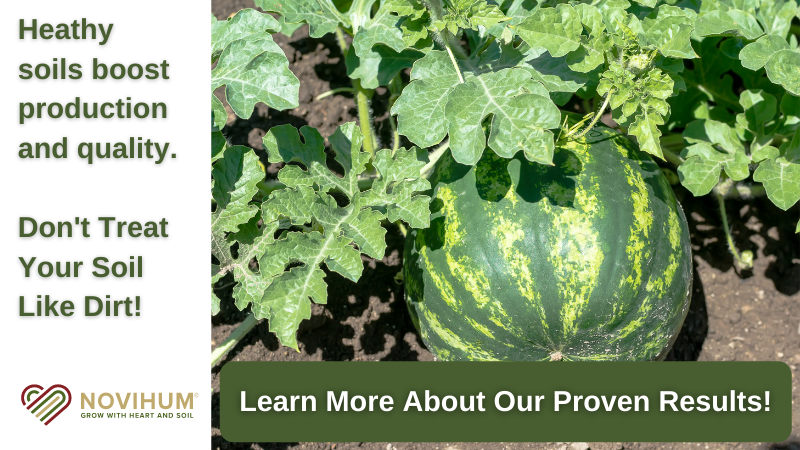Best Practices For Vineyard Nitrogen Management
Early spring has been the traditional time for grape growers to purchase and apply nitrogen (N) to their vineyards. Over the past few years, however, the price of synthetic N fertilizers has more than doubled, thanks primarily to increased global demand and the higher price of the fuels needed to manufacture the materials. A ton of urea costs just short of $500 in years past, or about 54¢ per pound of N. In addition to increased costs, there is increasing awareness of the impact excess nitrogen applications have on environmental and human health, as well as the implications for vine health and productivity, and fruit quality.
All of these factors are causing growers to adapt their fertilizer practices for the actual needs of the vineyard. In order to do this, we need to know:
• How much N do the vines need?
• How much N do they have?
• When do they need to get it?
• How do the vines get it?
How Much Do They Need?
Experiments done at Cornell’s Vineyard Laboratory in Fredonia, NY, have shown that Concord grapevines require a total of about 40 grams of N per vine per year, which is equivalent to about 50 pounds of actual N per acre. These vines are typically pruned to 100 to 120 buds each year, and carry fairly large crops, so the amount of N they require is going to be on the high end of what most grapevines will need. This is the total amount of N that is used by the vines each year, from all sources, not just applied fertilizer.
How Much Do They Have?
Nitrogen Management Recommendations In New York
● Use bloom petiole samples and visual symptoms to help determine the nitrogen status of your vines. Petiole samples should be around 1.2% to 2.0% N.
● If nitrogen fertilizer is applied, do so in the period two weeks before bloom to two weeks after bloom. If soils are course textured, split the application to avoid excessive leaching.
● Maintaining good organic matter levels in vineyard soils can reduce or eliminate the need to apply supplemental nitrogen materials. Soil tests should be taken every three to five years to monitor levels of organic matter.
● Pomace or mulch application, chopped prunings, and cover crops can all help to improve levels of organic matter in vineyard soils. This can also help to improve overall soil health.
There are two ways to evaluate the nitrogen status of grapevines — one is more objective (i.e. data driven), the other more subjective (i.e., experience driven). The objective method is to take petiole samples at bloom. Petiole samples provide objective data that can be compared against generally accepted nutrient standards. If the sample shows that the vines are deficient, action can still be taken that season to remedy the problem.
The subjective method (but not necessarily less valuable) is to visually assess the canopy during the growing season. Vines with excessive nitrogen supply will have large, crowded canopies with excessive shoot growth. Deficient vines will be pale green and will fail to fill the trellis space. The difficulty with this method is that visual symptoms, particularly those for nitrogen deficiency, can be mistaken for other problems. This is when experience and knowledge of the vineyard can be very important.
When Do They Need To Get It?
From budbreak until a week or two before bloom, grapevines rely almost exclusively on stored nitrogen reserves from thick roots, trunks, and canes for early shoot growth. Beginning just before bloom, nitrogen demand increases significantly and remains high until around veraison. This finding basically means that nitrogen should be applied anywhere from two weeks before bloom to two weeks after bloom, because before then, the vine is primarily relying on its own reserves for growth.
Where Do They Get It From?
Nitrogen comes to the vines from three different sources: stored reserves, nitrogen released from the breakdown of soil organic matter, and from supplemental applications by the grower. Before bloom, the vast majority of the nitrogen needs are met by mobilization of stored reserves within the vine. From bloom through harvest, the vines’ main source of nitrogen is the microbial breakdown of organic matter in the soil. For each percent of organic matter, vines can take up 15 to 20 pounds per acre of N, depending on soil conditions. So a vineyard planted in soils with 2% organic matter could take up 30 to 40 pounds per acre. In many cases, this may be sufficient to satisfy the vines’ nitrogen requirements.
So where does all of this get us? Based on the answers to these questions, we have developed recommended nitrogen management practices for grape growers in New York, regardless of whether they are growing high-yielding bulk varieties or low-yielding vinifera (see sidebar). These recommendations have also been incorporated into New York’s Sustainable Viticulture workbook. Growers are encouraged to experiment with different practices and rates to determine how much nitrogen their vines actually need, instead of relying just on historical practices.









